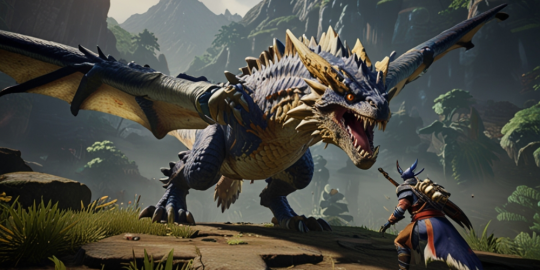
Monster Hunter Rise is an action RPG that invites players into a vivid world of giant creatures to hunt and craft. Whether embarking on epic quests solo or teaming up with friends, the game caters to diverse playstyles. The choice between solo adventures or co-op missions significantly shapes the experience, influencing strategy, skill-building, and overall enjoyment. In this analysis, we will explore the various dimensions of gameplay, functionality, aesthetics, and more that inform this decision.
Game Mechanics
The core mechanics of Monster Hunter Rise revolve around exploration, engagement with massive creatures, and crafting weapons and armor. The game employs robust systems, including hunting quests, resource gathering, and character customization. Players will select from various weapons, each offering unique combat styles. The adaptable mechanics allow flexibility depending on whether players choose to embark on hunts alone or collaborate in groups.
Solo Play Experience
Playing solo in Monster Hunter Rise offers a unique experience separated from the hustle and bustle of multiplayer interactions. Individuals can tackle quests at their own pace, allowing for an immersive and personal journey through the game world. Players can explore the lore and environment without the pressure of coordinating with others, enabling a deeper connection with the story.
Combat Strategy in Solo Quests
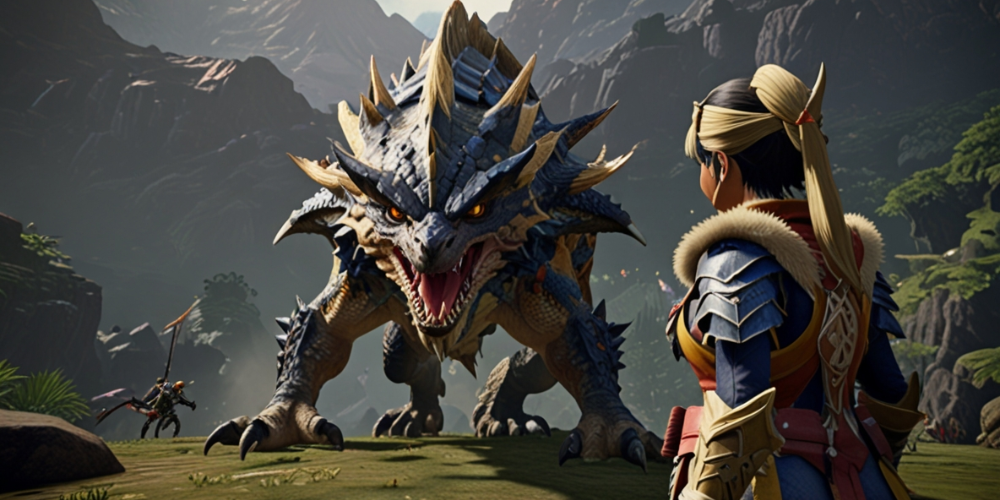
Taking on large monsters alone necessitates a well-thought-out combat strategy. Players must learn enemy patterns and effectively utilize their chosen weapon. The absence of teammates compels hunters to hone their skills, potentially leading to mastery of particular weapons and combat styles. Defeating a formidable creature alone can foster a sense of achievement and accomplishment that resonates deeply.
Co-op Play Innovations
The co-op experience in Monster Hunter Rise raises the stakes and intensifies the excitement. By teaming up with up to three players, hunters can rely on shared skills, strategic coordination, and specialized roles to take down large beasts. Dynamic teamwork often results in faster hunts and a more vibrant social experience as players communicate tactics, share resources, and celebrate victories together.
Communication and Coordination
When engaging in cooperative play, effective communication becomes crucial. The platform provides numerous resources, such as chat features and voice communication, allowing gamers to collaborate on strategies instantly. The combination of roles—tank, support, or damage dealer—can significantly affect the outcome of a hunt. Players must be attentive to each other's actions, creating an environment where teamwork flourishes.
Progression and Rewards
Both solo and co-op play provides avenues for progression and rewards. Completing quests contributes to character advancement, granting access to more powerful weapons and gear. Solo players might take longer to harvest rewards since they can only gather resources at their own pace. In contrast, co-op teams may benefit from a quicker turn-around on quests, increasing overall crafting efficiency and diversity of gear options.
Dynamic Environment and Exploration
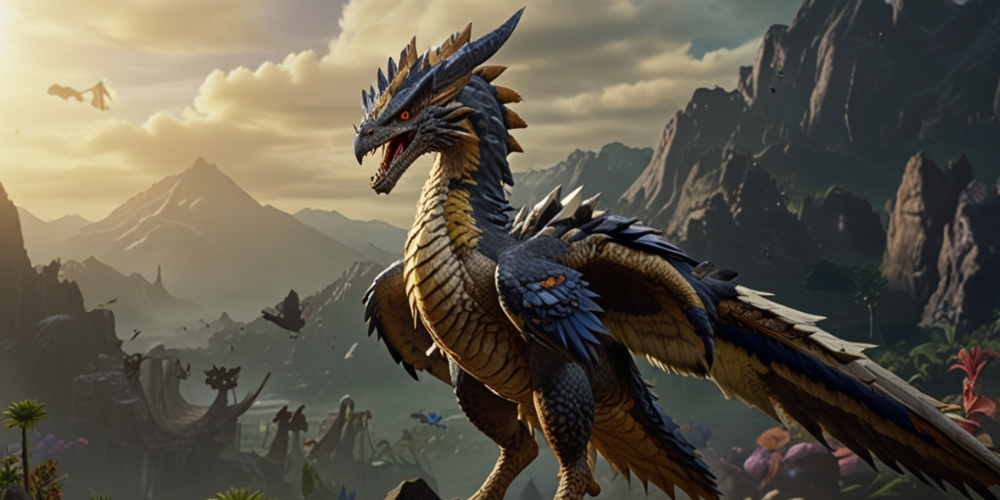
The sprawling environments of Monster Hunter Rise are meticulously crafted to encourage both solo and cooperative exploration. As players traverse diverse landscapes, they encounter hidden secrets and resources. Solo exploration allows for leisurely discovery, while cooperative play fosters an active exploration mindset, where team members can split up to cover ground efficiently, share findings, and support each other as needed.
Aesthetic and Design Elements
The aesthetic of Monster Hunter Rise captivates with its rich visuals, vibrant color palette, and intricate creature designs. Players are often drawn to the immersion and artistry of the world. The aesthetic may appeal differently to solo players seeking a solitary experience versus co-op players who enjoy the thrill of shared adventures. The game’s art draws attention to character details, varied habitats, and monsters, enhancing the overall experience.
Customization and Personalization
Character customization is a critical aspect of Monster Hunter Rise. Players can modify their avatars, weapons, and equipment to suit their unique playstyle. Solo players may craft personalized gear that maximally supports their chosen combat strategies, while co-op players can work together to create complementary builds, further enhancing strategic aspects of gameplay.
Learning Curve and Skill Growth
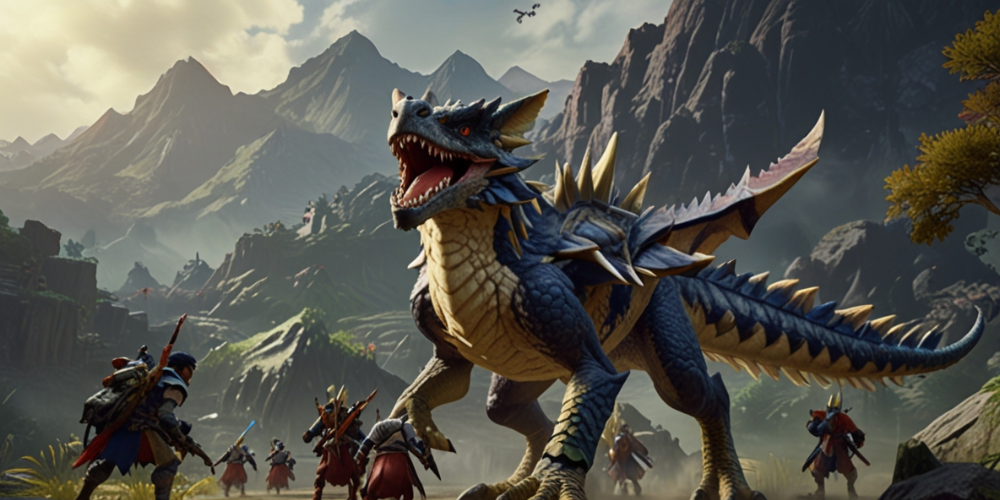
Monster Hunter Rise's learning curve varies considerably between solo and co-op experiences. Solo players can gradually adapt to enemy mechanics and refine their strategies, leading to significant personal growth. In contrast, co-op play presents fast-paced challenges where players must adapt more quickly to shared dynamics, ultimately promoting teamwork while accelerating personal skill levels.
Replayability and Variety
Replayability stands at the forefront of Monster Hunter Rise's design. Both solo and co-op players will find numerous quests, monsters, and equipment to pursue. Solo players may find gratification in exploring every nuanced strategy for each monster, while co-op players will often enjoy varying team compositions, leading to fresh tactics with each new hunt.
Challenges and Supporting Structures
Monster Hunter Rise incorporates various challenges that enhance replayability. Both solo players and cooperative teams face formidable monsters with different abilities and difficulty levels. The game includes training areas, quests, and workshops, contributing to a balanced understanding of how to tackle these challenges regardless of the player's choice in playstyle.
Event Participation and Community Engagement
The in-game community events, quests, and collaborative missions often encourage players to engage more with their environment. These limited-time offerings can attract solo players looking for special achievements or co-op groups aiming for shared progression. Engaging in these events nurtures a sense of community within the gaming world, connecting players across playstyles.
Player-Driven Economy and Crafting
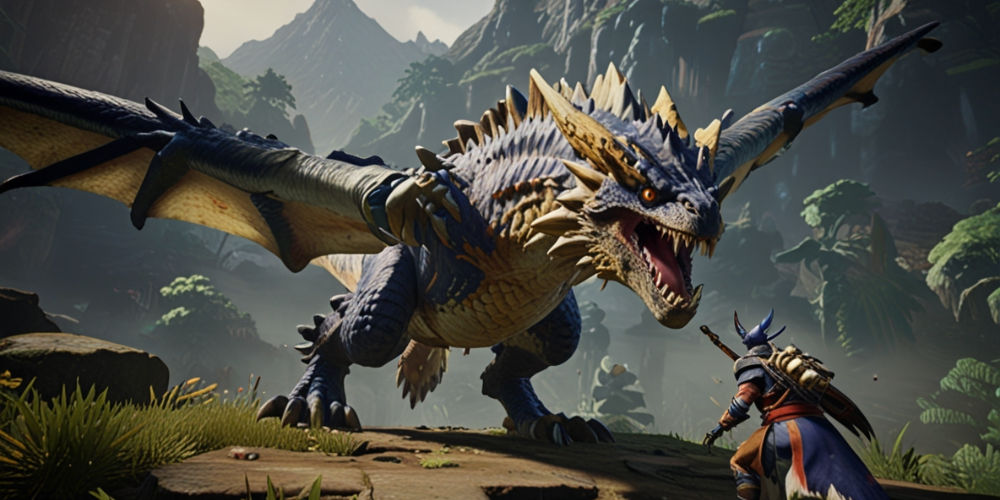
Monster Hunter Rise features a player-driven economy that links both solo and co-op experiences. Resource gathering is essential; players can sell crafted items and trade materials. Solo players may favor building wealth through careful planning, while co-op groups can exploit efficient resource collection strategies as they hunt together. This shared economy enhances collaboration and encourages efficient gameplay across the board.
Endgame Content and Longevity
The endgame content in Monster Hunter Rise shines a light on advanced hunting and crafting opportunities. Solo hunters might relish the meticulous planning and execution required to take down the game’s ultimate challenges, while co-op squads can define their journeys by tackling these high-stakes hunts together. Engaging in community-led events and unique quests keeps both playstyles invigorated long after the main campaign concludes.
Final Thoughts on Playstyle Choices
Ultimately, choosing between solo or co-op play in Monster Hunter Rise depends on personal preferences and gaming habits. Both paths offer distinct rewards and experiences, allowing players to explore various facets of gameplay, strategy, and community involvement. The choice reflects the essence of Monster Hunter Rise: a world where adventures can be solitary or shared, but each expedition is rich with discovery and excitement.